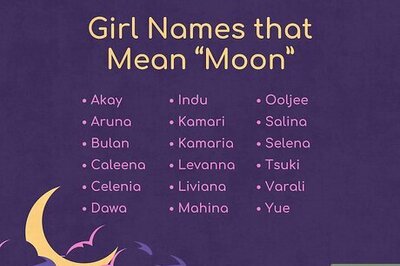
views
Islamabad: The Pakistan government has decided to include brief lessons about religions including Hinduism, Buddhism and Jainism in the revised national curriculum for history subject for middle school students.
The students in classes VI to VIII will also be provided information about various civilisations of South Asia, starting from the Indus Valley civilisation.
The education ministry has reportedly sent curriculum guidelines to the provincial textbook boards for formulation of books in detail for such classes.
The curriculum’s main objective is to create awareness about various ancient civilisations that developed over centuries in South Asia, especially in areas now constituting Pakistan, reported the Dawn.
The curriculum starts with highlighting the importance of the discipline of history. For class VI, it covers the period from Indus Valley civilisation to the end of the Delhi Sultanate (1,500BC to 1,526AD).
In particular, it focuses on the civilisation and social advancements made by the people of Mohenjodaro and Harappa.
The second chapter for class VI will focus on social, economic and religious systems of that time period in which salient features of Hinduism will be discussed besides explaining how Buddhism and Jainism differ from Hinduism.
The next two chapters will be on the arrival of Arabs and the conquest of Sindh by Muhammad bin Qasim to Mahmud of Ghazna, Shahabuddin Muhammad Ghauri and the Slave, Khilji, Tughlaq and Lodhi dynasties and their subsequent decline.
Students of class VI will also be learning about major Sufi orders and saints, and their contribution in the spread of Islam followed by the evolution of Indo-Muslim culture with particular reference to their contribution in arts, science and architecture.
The curriculum for the class VII will be focusing on the Mughal Empire; its foundation, consolidation contribution and disintegration (1526-1857).
Starting with factors that contributed to the conquest of India by Babur, learning outcomes also include administrative reforms of Akbar, poetry, miniature, painting and music of Nur Jehan, Jehangir’s passion for dispensation of justice, and Shah Jahan’s contribution to culture and architecture.


















Comments
0 comment